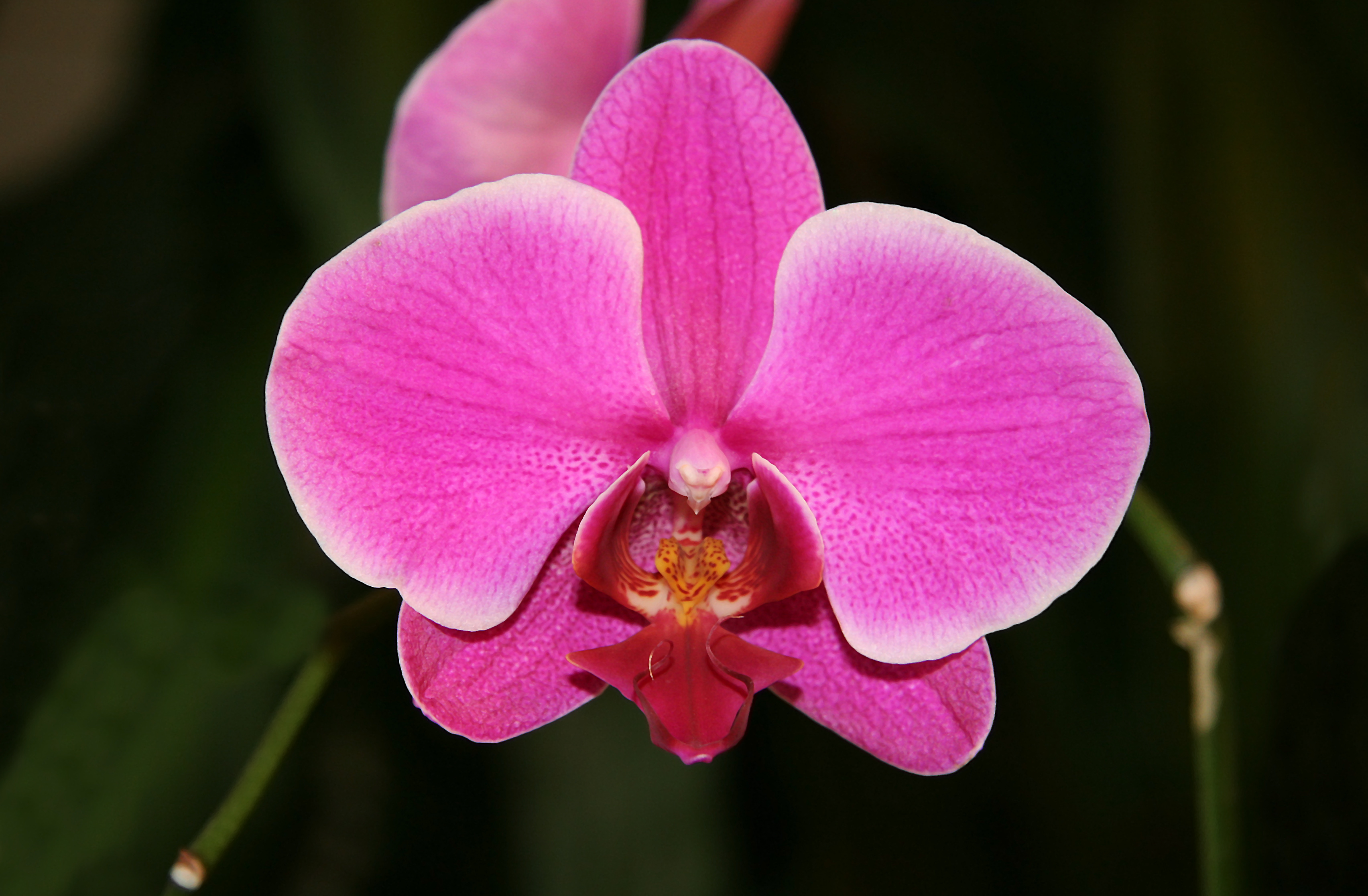An efficient genetic transformation system using the biolistic method and protocorm-like bodies (PLBs) of Phalaenopsis orchidwas established for introducing the EgTCTP gene obtained from oil palm leaves. A pCAMBIA 1302 vector containing the greenfluorescent protein (mgfp5) as reporter gene and the selectable marker hygromycin phosphotransferase (hpt) gene under the cauliflowermosaic virus (CaMV) 35S promoter were used in this experiment. The transformed PLBs were cultured on MS medium containing 20mg/L hygromycin for 2 months. The surviving PLBs with green fluorescence spots were used to calculate a transformation frequency(93.34%). PLBs containing the transformed EgTCTP gene had the highest percentage of regeneration frequency (95.66%) and numbersof regenerated shoots per explant (3.78±1.89 shoots) compared to the control. The time required for initiation of primordial shoots inthe transformed PLBs (55.22±26.56 days) was much shorter than for the control. Evaluation of the regeneration efficiency, determinedthat the status of the EgTCTP transformants was above average: score=4.04±0.88. The EgTCTP gene was detected in the PLBs overa period of at least 6 months with subculturing every 4 weeks. The stability of the transgenes within the PLBs was confirmed by PCRand this indicated that the transgenes had been integrated into the genome of the transformants. This is the first successful report tointroduce EgTCTP gene into PLBs of Phalaenopsis orchid.
Full text here

